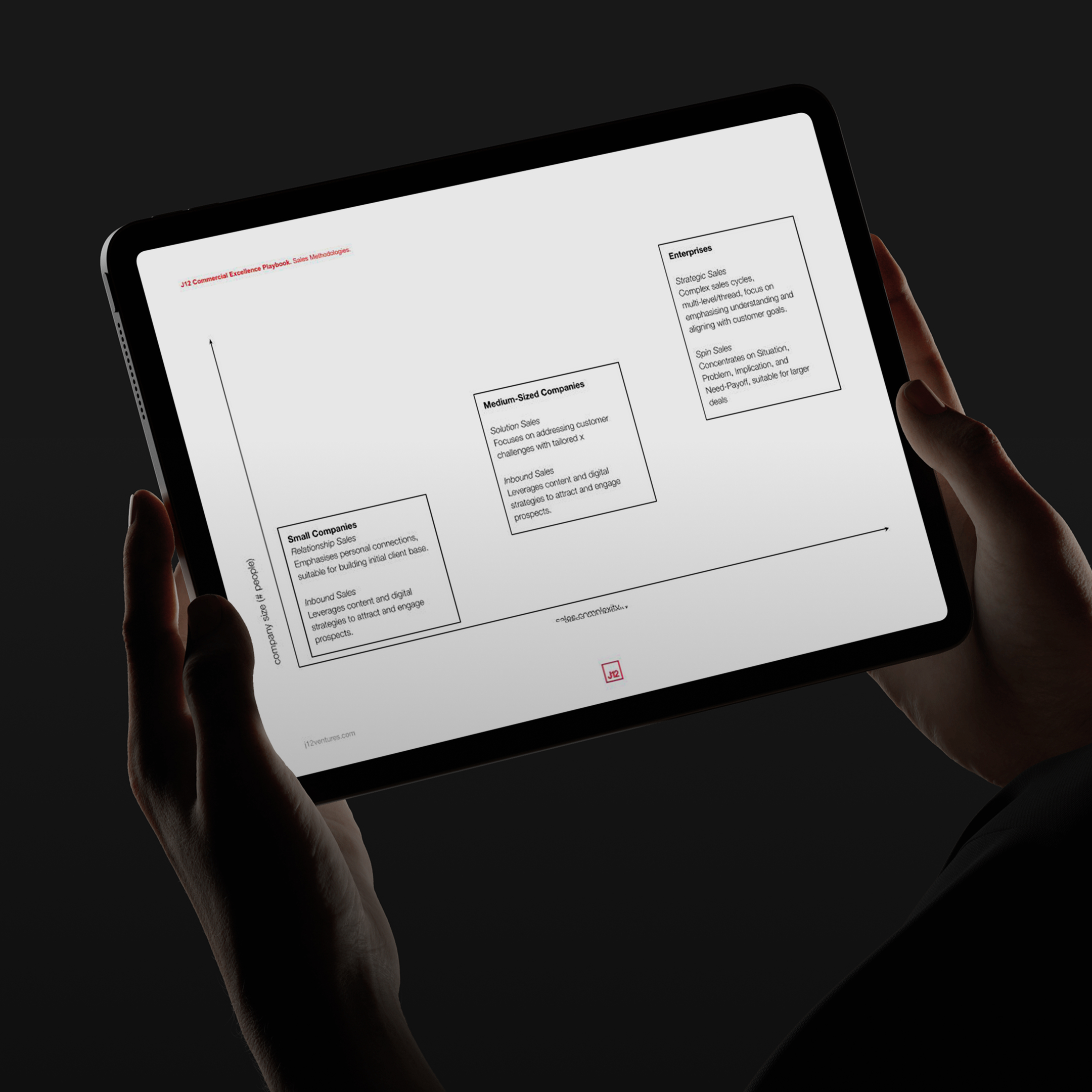The Trillion Dollar Industry of Platform Engineering
Why now? From Code to Complexity

The infographic snapshots a two-decade sprint in the tech development realm, where the starting line in 2000 was a simpler time with IDEs, CVS, and deploy portals. Developers' minds were laser-focused—write the code and pass it on.
Fast forward to 2005, the landscape's complexity crept up with Jenkins and Bash. The cloud was a mere wisp on the horizon, and developers dipped their toes into the operations pool, but monoliths still ruled the architecture block.
The 2010 mark brought Git and Heroku into the mix, putting more on the developer's plate—code it, ship it, run it. The cloud grew from a puff to a presence, but the monolith stood its ground, unchallenged.
By 2015, Docker and AWS threw their hats in the ring. Tools proliferated like rabbits, and microservices began to edge out the monolithic monuments of yore. Now, developers weren't just coding—they were shipping, running, and on-call 24/7.
By 2020? The toolkit exploded—Serverless, Docker Compose, K8s, Terraform—and the full lifecycle of an app was now in the developers' hands. 'Cognitive load' wasn't just a buzzword; it was the bane of the dev life. Infrastructure turned to K8s, and apps were now a complex web of microservices.
Today, engineering teams suffer from lack of discoverability, inconsistent UI, repetitive Toil.
1) Discoverability
The vast sea of critical data is often dispersed across a myriad of locations, tools, and hyperlinks, presenting a time-consuming challenge in locating what is needed. So even if one remembers the services (which is often a problem too) - knowing how and where to access them remains a challenge to be solved.
2) Inconsistent UI
The patchwork of internal tools, each with its unique interface and quirks, demands developers become jack-of-all-trades, mastering countless systems. A uniform UI is essential to eliminate the steep learning curve associated with juggling these disparate environments.
3) Demotivating work
The large number of infrastructure tools create a tide of monotonous tasks—setup, configuration, maintenance—siphoning precious time and stifling creativity. This routine toil, resistant to automation, bogs down development and is costly not only in terms of developer hours, but maybe worse, in terms of motivation and ability to focus on what creates business value.
Enter the Internal Developer Portal (IDP) — the Digital Command Center for Engineering Teams
As tools and tasks multiplied, the developer's brain-space became prime real estate. Enter internal developer portals, the tech world's answer to simplifying the chaos. They consolidate the sprawl into a one-stop digital command center with a single unified experience - solving 1) Discoverability, 2) Inconsistent UI and 3) Demotivating Work —tools, docs, support, you name it—trimming the cognitive clutter and letting devs get back to what they do best: building the future, one line of code at a time.
Orchestrating Platform Services and Developer Portals
Over the last two decades giants like ServiceNow (founded 2004, today ~$160b market cap) have been addressing the service management of how to run an IT environment - started during an era of static Virtual Machines and Data Centers, before the dominance of cloud computing, naturally the challenges are different and make the giant a clear legacy provider.

Historically the market of IT orchestration, platform services, and now developer portals has evolved in three waves according to Rely.io’s founder osé Velez:
Pre-Wave: Designing Foundations for Cloud Transition
In the initial sketches, giants like IBM, BMC, and ServiceNow laid the groundwork. Their tools for Configuration Management Databases (CMDBs) and IT Service Management (ITSM) provided the scaffolding for applications shifting to the cloud, enabling ops teams to deploy and monitor the digital structures developers crafted with precision.
1st Wave: Erecting Robust CI/CD and Monitoring Frameworks
Harness and Dynatrace, reinforced by Datadog, started to construct robust frameworks for Continuous Integration/Continuous Deployment (CI/CD) and monitoring. This phase marked an era where developers could erect and supervise their applications in the cloud with improved efficiency and oversight, ensuring seamless deployment cycles.
2nd Wave: Drafting Open Source Developer Portals
Then, open source innovators like Spotify with Backstage and Airbnb with Airpal, shared their blueprints for internal developer portals. These platforms have been like open source templates that any enterprise could customize for their own development landscape, aiming to cut costs, bypass the complexity of in-house development, and reduce the fiscal footprint of proprietary systems.
3rd Wave: Streamlining with SaaS IDPs
In the more recent wave, companies like Cortex, Port, and Rely have started to streamline the build process with SaaS Internal Developer Portals (IDPs), offering a ready-to-use solution for development teams. These portals simplify the management maze, providing a unified experience where developers can efficiently craft and control their applications, allowing them to concentrate on innovating and coding without getting lost in the information and tool proliferation nightmare.
*If you want to learn more about IDPs I suggest reading this article by Rely.io
A powerful LLM Enabled Development Ally.
First, I asked ChatGPT to visually draw me the future. It’s crystal clear; you gotta love the predictive nature of LLMs.

More seriously. In the future developer portals will act as the go-to interface between developers (and perhaps even non technical people) and their software ecosystems. Allowing people to simply write or speak what they want to to achieve.
Since the developer portal typically integrates with all the interfaces of the engineering tools, when empowered with AI, people will be able to ask any question or ask it to do any action and it will convert the request into the appropriate answer or action.
Most interestingly, it would be fair to assume that no other product would be able to do so, nor AI on its own due to the unstructured nature of all this data across services and data sources.
Hence, over time the key function of IDPs will be to structure all widely spread information into a single data model, becoming a powerful development ally to every developer focused on building the future, one line of code at a time.







